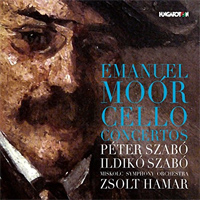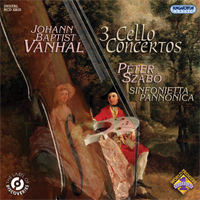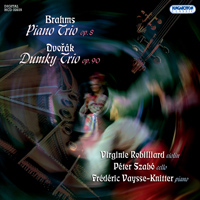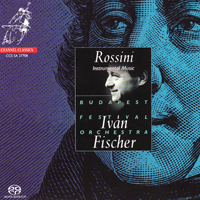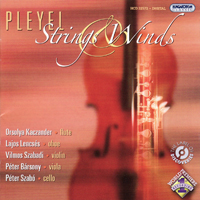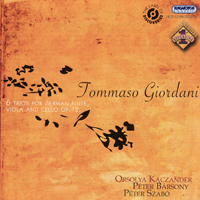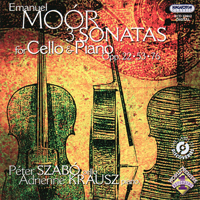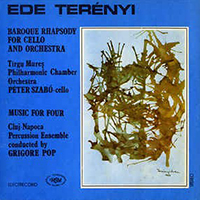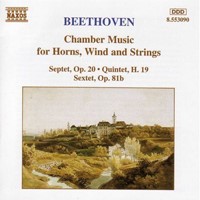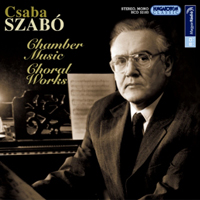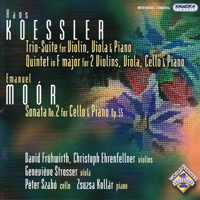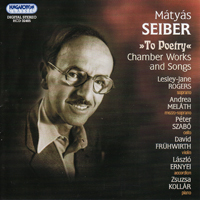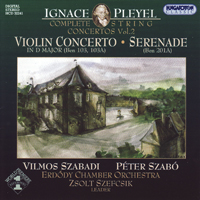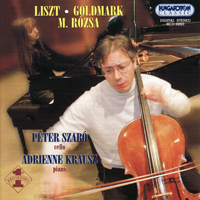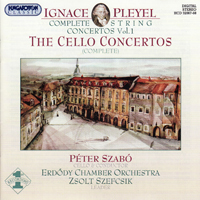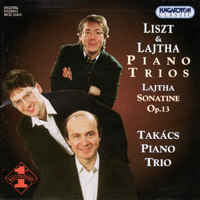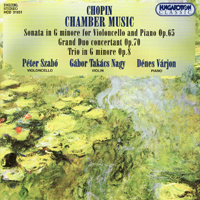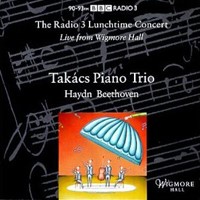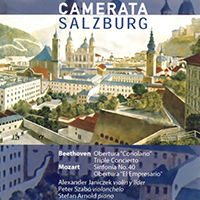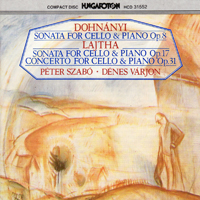Flute from Giordani, clarinet from Lefevre
TOMMASO GIORDANI:
Six Trios for German Flute, Viola and Cello, Op. 12
Orsolya Kaczander (wooden flute), Péter Bársony (viola), Péter Szabó (‘cello)
Hungaroton HCD 32498
JEAN-XAVIER LEFEVRE:
Five sonatas for clarinet and piano
Two clarinet duos
Csaba Klenyán (clarinet), Péter Kiss (piano), Horia Dumitrache (clarinet)
Hungaroton
HCD 32465
Recently Hungaroton has published two chamber music albums as part of the World Premier series and both of them give a leading role to a popular wind-instrument with contributions from prominent performers.
Tommaso Giordani ’s flute trios are rather delightful pieces. The composer, born in Naples, living and working in London and Dublin, was the contemporary of Johann Christian Bach and according to the audience of the time, some of his works proved to be even more exciting than his collegue’s.
Giordani was an illustrious representative of the gallant style, his music is accordingly melodious and elegant. Ha was known also as an opera composer, but he wrote a great number of sonatas, instrumental duets, and trios and quartets as well. He composed also for music pedagogical purposes as teaching provided his primary income. It was therefore essential that he wrote sufficiently attractive, easily digestible but also substantial material.
This was the very purpose for which he wrote the Opus 12 series for flute, viola and cello. Orsolya Kaczander plays Giordani’s pieces on a wooden flute thus creating a subtle and fairly classically noble athmosphere. It is undoubtedly the flute that receives the leading role throughout the trios; the two strings will; however, not restrict themselves to mere harmonizing. There are frequent dialogues and a playful competion between the instruments which the three outstanding musicians accomplish in a very enjoyable fashion.
Jean-Xavier Lefevre was only thirty years younger than Giordani. Nevertheless, his compositions undeniably bear all the stylistical marks of classicism. The composer, who played the clarinet and the cello equally well, spent most of his life in Paris. From 1791 he was an acknowledged clarinetist of the parisien Grand Opera and was constantly engaged in improving the instrument technically. Writing the first significant handbook on the methodology of the clarinet was also among his achievements. The first five pieces on the recording are from this very book, titled Méthode de clarinette. At the end of the disc we find duos for two clarinets, from which one explicitly limits itself to the restricted role of harmonizing.
In the interpretation of Csaba Klenyán and his companions, the pieces occasionally evoking the music of Mozart, may offer a great display to all the fans of the clarinet.
Johanna
Source: www.momus.hu
Translation by Susan Kapás
Café Momus - the Online Journal of Classical Music
May 2008


